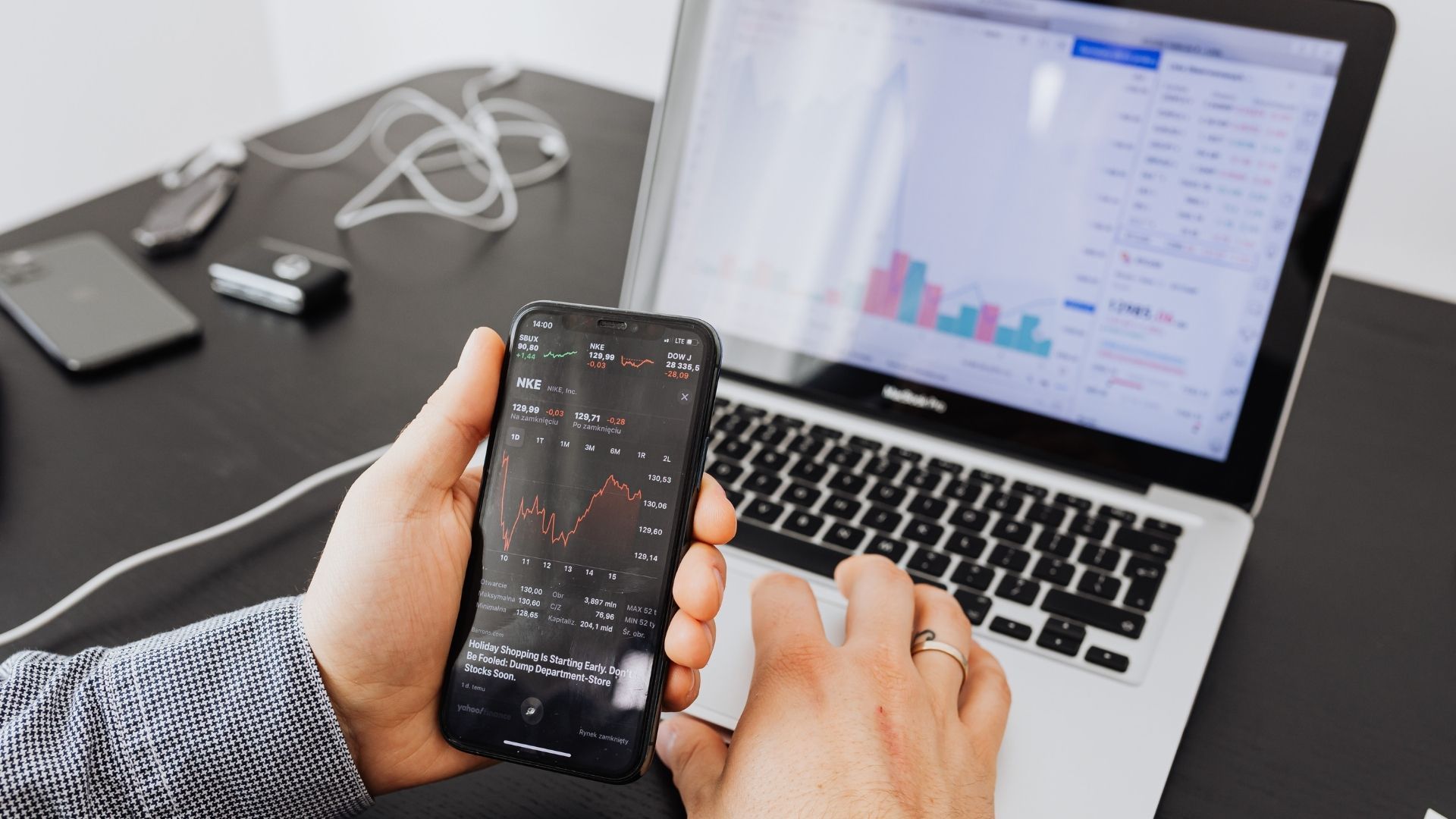Measuring Success With Roofing Marketing Effectiveness Metrics
Essential Metrics to Measure the Effectiveness of Your Roofing Marketing Strategy
With the rapid shift toward digital marketing, including effective social media marketing staunton strategies, roofing companies now have access to a wealth of performance data to refine their strategies. This article outlines the key performance indicators (KPIs) that roofing professionals should track—from website metrics and lead generation to sales pipeline velocity and financial returns. By breaking down these metrics into actionable steps, contractors can optimize their online presence, generate quality leads, and boost revenue.
Understanding Key Website Performance Indicators for Roofing Marketing Effectiveness
Analyzing Total Website Traffic and Visitor Sources
Total website traffic indicates how many potential customers visit a site. Roofing companies should segment visitors by organic search, paid ads, email campaigns, and referrals. A 15–20% increase in organic traffic often correlates with more roofing leads. Tools like Google Analytics help optimize content, adjust marketing spend, and refine targeted advertising strategies.
Monitoring Bounce Rate and Average Time on Page
Bounce rate measures the percentage of visitors who leave without interacting. A low bounce rate paired with longer time on page shows that visitors find the content relevant. Roofing companies should aim for a bounce rate below 50% and regularly test landing page designs to boost engagement and build trust.
Tracking New Versus Returning Visitor Ratios
Monitoring the balance of new and returning visitors provides insights into a website’s reach and customer loyalty. A high percentage of returning visitors shows strong brand recognition, while rising new visitor numbers suggest market expansion. This data can guide adjustments in marketing messaging and retention strategies.
Assessing Top Performing Pages and Content
Identifying pages with high engagement and conversion rates is crucial. Analyzing metrics such as page views, time spent, and conversion data for service descriptions, project galleries, and testimonials helps refine content strategies and improve user experience.
Evaluating Mobile Friendliness and Page Load Speed
With the mobile-first era, a website must load quickly and display properly on all devices. Poor mobile responsiveness and slow load times can deter potential customers. Regular audits using tools like Google PageSpeed Insights and investments in responsive design are essential for higher rankings and improved lead quality.
What Lead Generation Metrics Should I Track to Measure the Success of My Roofing Marketing
Quantifying New Leads Generated Per Channel
Leads should be tracked by channel using dedicated landing pages and tracking codes. Breaking down lead numbers from organic search, paid campaigns, and social media is critical. For example, a 25% increase in leads via Google Ads may indicate effective budget use and campaign optimization.
Calculating Website Form Submission Rates
Form submission rates measure the effectiveness of calls-to-action. Comparing the number of visitors who view a form with those who complete it can reveal friction points. Simplifying forms can often raise submission rates by up to 30%, enhancing overall lead generation.
Monitoring Phone Call Inquiries From Marketing
Despite digital trends, phone calls remain a valuable lead source. Call tracking software enables companies to determine which campaigns drive inquiries. Analyzing call volume, duration, and conversion rates helps identify whether staff training or scheduling adjustments are needed.
Assessing Lead Quality and Qualification Rate
Lead quality is measured by how well prospects match the ideal customer profile. Tracking the percentage of leads that convert to qualified appointments allows companies to invest more in effective advertising channels and refine their sales funnel.
Tracking Conversion Rates of Landing Pages
Conversion rates directly reflect the effectiveness of a digital strategy. By benchmarking rates and testing different headlines, images, and CTAs, roofing companies can increase conversions from 2–3% to 5% or higher, indicating successful landing page optimization.
Measuring Sales Pipeline Velocity and Conversion Success From Marketing Efforts
Recording Lead-to-Appointment Setting Rates
The rate at which leads turn into appointments is a vital metric. Even a 10% improvement can accelerate the sales process and increase job closures. Monitoring this transition helps evaluate both marketing quality and sales team efficiency.
Analyzing Appointment-to-Proposal Sent Ratios
Once an appointment is scheduled, the next step is proposal delivery. A high ratio signifies persuasive initial interactions. Tracking this metric enables companies to refine their proposal and follow-up processes for better conversion rates.
Calculating Proposal-to-Closed Deal Percentages
This metric shows how effectively proposals are converted into jobs. A higher percentage indicates competitive pricing and satisfactory client interaction. Continuous monitoring helps identify areas to improve negotiation strategies and follow-up practices.
Determining Average Sales Cycle Length
Measuring the time from lead generation to deal closure helps with forecasting and resource planning. A shorter sales cycle suggests an efficient marketing and sales process, which directly benefits cash flow and overall operational efficiency.
Identifying Bottlenecks in the Sales Funnel
Pinpointing stages where leads drop off allows targeted improvements. Whether issues arise during appointment setting, proposal review, or negotiations, addressing these bottlenecks can significantly boost conversion rates and streamline the sales process.
Key Financial Metrics to Evaluate Your Roofing Marketing Investment Returns
Calculating Cost Per Lead for Each Marketing Channel
Cost per lead(CPL) is calculated by dividing campaign costs by the number of leads generated. This metric provides a clear comparison across different channels. A lower CPL indicates a more efficient spend that can be reinvested into scaling operations.
Determining Customer Acquisition Cost
Customer acquisition cost (CAC) includes all marketing and sales expenses to convert a lead into a paying customer. Roofing companies aim to keep CAC well below the profit margin of a job to ensure sustainable and profitable marketing efforts.
Measuring Average Revenue Per Roofing Job From Marketing
Revenue per job is determined by comparing the revenue generated to the total number of jobs acquired through marketing. This metric informs pricing strategy and revenue growth, while improvements suggest effective upselling and cross-selling techniques.
Assessing Return on Ad Spend for Paid Campaigns
Return on ad spend (ROAS) is a financial measure calculated by dividing ad-driven revenue by the ad spend. Achieving a ROAS above 4:1 typically indicates that a roofing company is efficiently leveraging its paid campaigns.
Analyzing Overall Marketing Return on Investment
Overall ROI from marketing is assessed by comparing net profit with marketing costs. A strong ROI not only justifies current marketing efforts but also provides confidence to scale campaigns while maintaining positive cash flow.
Tracking Online Presence and Brand Reputation Metrics for Roofing Companies
Monitoring Online Review Volume and Average Ratings
Online reviews and ratings greatly impact a roofing company's reputation. A steady flow of positive reviews builds credibility and fosters customer trust. Regularly monitoring review volume and average ratings on platforms like Google Business and Yelp is essential.
Measuring Social Media Engagement Rates and Follower Growth
Social media performance is measured by engagement metrics such as likes, shares, and comments, as well as follower growth. High engagement indicates strong community involvement and improved brand visibility, which in turn can boost lead generation.
Analyzing Brand Mention Frequency and Sentiment
Tracking how often and in what context a brand is mentioned online helps gauge public perception. Sentiment analysis tools can determine if mentions are positive, neutral, or negative, allowing companies to quickly address potential reputation issues.
Assessing Search Engine Rankings for Target Roofing Keywords
Regularly checking rankings for keywords like “ roofing company near me” or “roof repair services” helps gauge the success of SEO efforts. Continuous refinement of both content and technical aspects is necessary to maintain and improve online visibility.
Evaluating Growth in Direct and Branded Search Traffic
An increase in direct or branded search traffic indicates rising recognition and trust. This growth, often fueled by positive word-of-mouth and effective offline strategies, reinforces the company’s online and offline marketing synergy.
What Metrics Should I Track for Specific Roofing Marketing Channels
Analyzing Email Open Rates and Click-Through Rates
Email marketing effectiveness is measured by open rates and click-through rates (CTR). High rates suggest that the copy is compelling and the content resonates with the target audience, which is crucial for ongoing engagement.
Measuring Performance of Pay-Per-Click Ad Campaigns
For PPC campaigns, tracking CTR, conversion rates, and cost per click (CPC) is essential. Detailed analysis of these metrics helps determine which ad creatives and keywords are most effective, enabling budget refinements for maximum profitability.
Assessing Engagement on Organic Social Media Posts
Organic social media efforts contribute to both brand awareness and lead generation. Metrics such as post reach, engagement rate, and share of voice on platforms like Facebook, Instagram, and LinkedIn provide insights to fine-tune future posts and overall strategy.
Tracking Local SEO Performance Like Google Business Profile Interactions
For businesses targeting specific areas, local SEO is vital. Monitoring the number of views, clicks, and calls from a Google Business Profile can help evaluate local search performance and drive increased foot traffic and qualified local leads.
Evaluating Referral Traffic and Partner Marketing Contributions
Referral traffic from partnerships can be a rich source of leads. By analyzing which referral sources yield the highest quality contacts, roofing companies can strengthen these cooperative marketing relationships to enhance overall performance.
Frequently Asked Questions
Q: What website metrics are most critical for roofing companies? A: Key metrics include total traffic, bounce rate, visitor source, and mobile performance, as these directly influence lead generation.
Q: How do I calculate my cost per lead effectively? A: Divide your total marketing spend by the number of leads generated from each channel and compare across channels to optimize spending.
Q: Which lead generation metric best indicates sales pipeline speed? A: Tracking lead-to-appointment rates along with proposal-to-closed deal percentages provides clear insight into your sales pipeline velocity.
Q: Why is monitoring online reviews important? A: Online reviews build credibility, influence customer perceptions, and directly affect conversion rates by fostering trust.
Q: How often should roofing companies review their SEO metrics? A: Regular monthly audits are recommended to ensure continuous improvement and timely responsiveness to market trends.
Final Thoughts
A deep understanding of website, lead generation, sales, and financial metrics is essential for roofing companies striving to optimize their marketing. By tracking these key performance indicators diligently—from website traffic to conversion rates— roofers can make data-driven decisions that improve lead quality and boost ROI. An efficient marketing strategy not only enhances operational efficiency but also drives long-term growth and strengthens brand reputation, keeping roofing companies competitive in today’s dynamic digital landscape.










